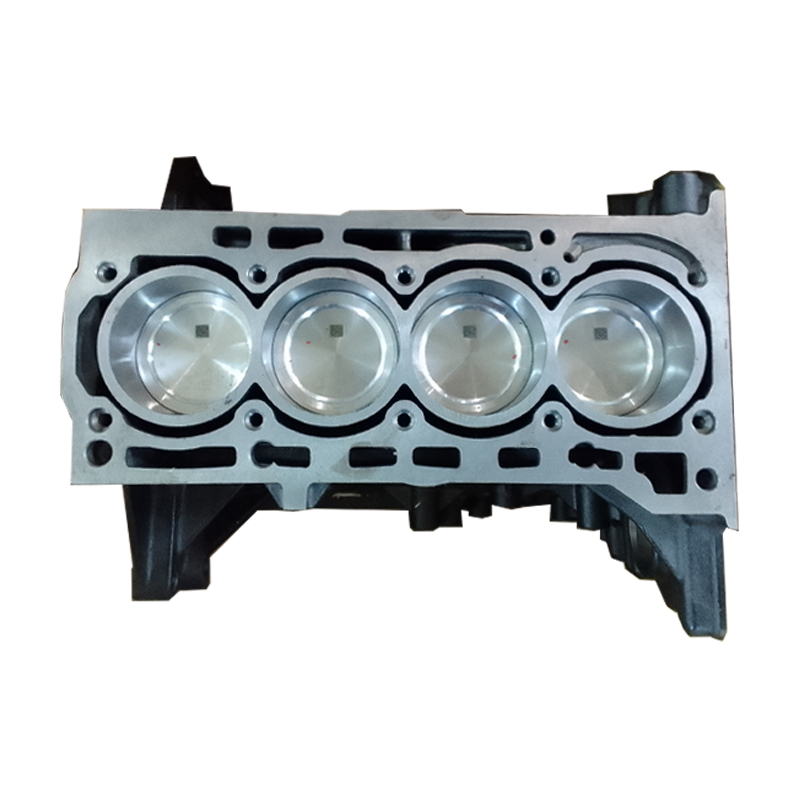Exactly How a Clp Engine Can Boost Effectiveness in Various Industries
The arrival of CLP engines marks a substantial shift in functional efficiency throughout various markets, driven by their ability to enhance fuel usage and minimize downtime. Industries such as production and logistics stand to gain substantially from their robust style and consistent power outcome, which promise to enhance operations and improve performance. As organizations progressively focus on sustainability together with performance, the role of CLP engines ends up being much more critical. What remains to be seen is exactly how these advancements will certainly shape the future landscape of commercial procedures and their effect on more comprehensive economic patterns (clp engine).
Overview of CLP Engines
CLP engines, or Continuous Fluid Propellant engines, stand for a considerable development in propulsion innovation, particularly for space applications. These engines utilize a continual feed system that permits the sustained expulsion of propellant, resulting in enhanced efficiency and efficiency compared to conventional solid or hybrid propulsion systems. By keeping a continuous flow of fluid propellant, CLP engines can accomplish much more precise drive control, which is important for maneuvering spacecraft in numerous objective scenarios.
The layout of CLP engines integrates innovative materials and ingenious fuel management systems. clp engine. This causes minimized weight and increased reliability, essential aspects for long-duration space goals. The continual operation lessens the threat of combustion instability, an usual challenge in traditional rocket engines.

Advantages in Production
The production of Constant Liquid Propellant (CLP) engines presents several notable benefits that boost both performance and cost-effectiveness. Among the main benefits is the streamlined manufacturing procedure, which minimizes the complexity related to conventional propulsion systems. By utilizing liquid propellant, suppliers can attain higher precision in engine efficiency, bring about maximized energy output and reduced waste.
In addition, CLP engines assist in a higher degree of modularity, allowing for less complicated assimilation into various production lines. This versatility can dramatically reduce lead times and boost general operational adaptability. Using CLP technology likewise tends to minimize the demand for substantial maintenance as a result of less moving components, which equates right into lowered downtime and functional costs.

Applications in Logistics
Leveraging Continuous Liquid Propellant (CLP) engines in logistics provides considerable benefits in functional performance and integrity. These engines provide a robust service for various transportation needs, enabling the seamless movement of items throughout vast distances. The fundamental style of CLP engines enables for constant power outcome, which equates into smoother and a lot more predictable transport routines.
One of the essential applications of CLP engines in logistics is in sturdy products transportation, where they can drive both ground and aerial vehicles. Their capacity to keep high performance under varying lots problems makes sure that shipment timelines are met, thereby boosting client complete satisfaction. Additionally, CLP engines can be incorporated right into automated logistics systems, assisting in real-time monitoring and optimizing path planning.
Furthermore, the durability of CLP engines lowers maintenance downtime, enabling logistics business to optimize their functional capabilities. This is specifically helpful in warehousing operations, where performance in dealing with and transporting items is vital. As logistics remains to progress, the integration of CLP engines stands for a forward-thinking approach that not just improves performance yet likewise sustains the industry's expanding demands for dependability and rate.
Influence On Power Efficiency
Exactly How do Continuous Liquid Propellant (CLP) engines boost energy effectiveness in transport? CLP engines utilize a constant circulation of liquid gas, maximizing combustion processes and preserving a steady thrust output. This layout minimizes energy losses linked with standard combustion engines, where fuel shipment can differ and lead to ineffectiveness.
The continual procedure of CLP engines allows for a much more effective thermal cycle, resulting in greater particular impulse compared to traditional engines. clp engine. This browse this site converts to reduced fuel usage for the very same quantity of work done, considerably reducing functional expenses throughout different transport fields, consisting of aviation and maritime industries
Furthermore, the capability of CLP engines to preserve ideal performance under varying tons conditions minimizes the requirement for constant velocity and slowdown, additionally improving gas effectiveness. Enhanced energy effectiveness not just adds to cost savings however try this also results in reduce greenhouse gas emissions, lining up with worldwide sustainability goals.
Future Trends and Innovations
Emerging advancements in Continuous Fluid Propellant (CLP) engine modern technology assurance to change the landscape of transport performance and sustainability. As markets pivot toward greener alternatives, CLP engines stand at the forefront, incorporating cutting-edge products and style approaches that improve performance while decreasing ecological effect.
One of the most encouraging fads is the adoption of hybrid systems that combine CLP engines with renewable resource sources. This synergy can maximize fuel consumption and lower discharges, lining up with worldwide sustainability objectives. In addition, improvements in computational liquid dynamics (CFD) are helping with the design of more aerodynamically reliable engines, causing decreased drag and boosted fuel performance.
Furthermore, the advancement of smart tracking systems is set to boost operational efficiencies. These systems take advantage of data analytics and IoT technology to optimize engine performance in real-time, making sure that the engines run within their most effective parameters.
As research proceeds to explore alternate propellant solutions-- such as biofuels and synthetic fuels-- the future of CLP engines looks encouraging. By harnessing these advancements, sectors can not only enhance their performance but likewise add significantly to a cleaner, much more lasting future in transport.
Verdict
In conclusion, CLP engines represent a substantial advancement in efficiency across several sectors. Their capacity to optimize fuel consumption and decrease functional expenses, incorporated with a continual feed system, boosts power output and operational reliability. The combination of sophisticated materials and fewer moving parts lessens upkeep demands, while placement with sustainability objectives placements CLP engines as a crucial technology for the future. Proceeded innovation in this field promises further improvements in efficiency and environmental efficiency.
Comments on “Upgrade a state-of-the-art clp engine for better performance.”